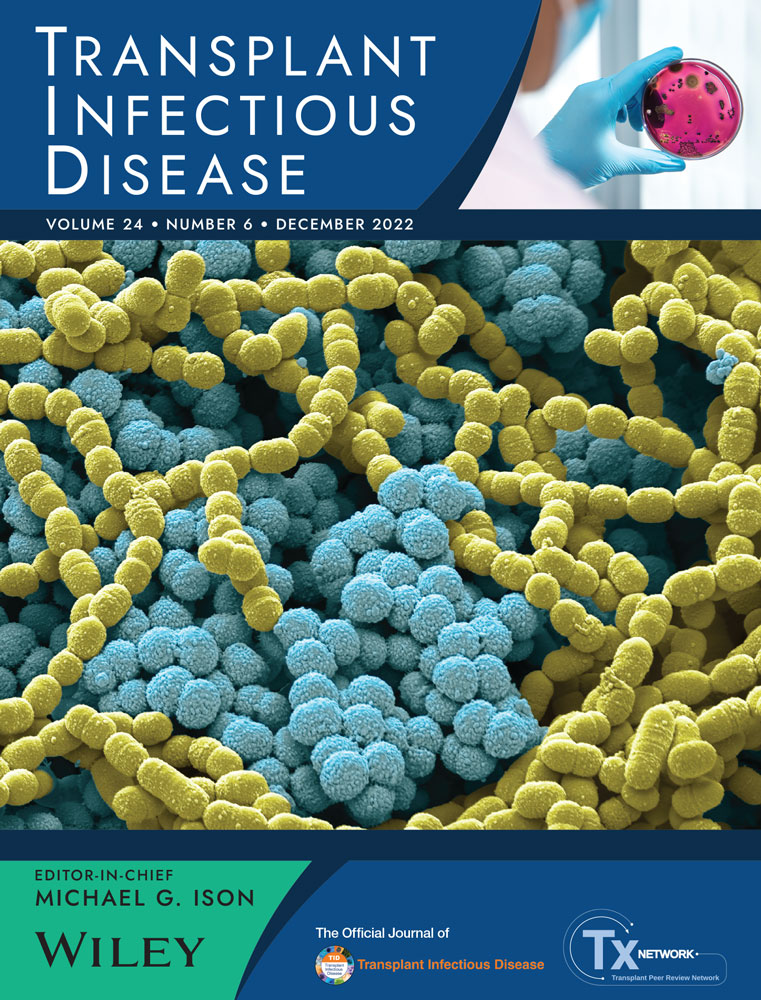Efficacy of hope: Analysis of organ quality and availability among deceased HIV-positive donors
Christopher Woods and Grace Owens are co-first authors.
Abstract
Background
Improved survival among people with human immunodeficiency virus (HIV) (PWH) has led to increased organ failure, necessitating transplantation. In 2013, the HIV Organ Policy Equity (HOPE) Act was passed, allowing PWH to donate organs to other PWH. No study has assessed organ quality and quantity among a national pool of PWH.
Methods
CFAR Network of Integrated Clinical Systems (CNICS), a multicenter study capturing data on PWH, was used to identify 6504 deaths from 1999 to 2018. Exclusions included cause of death, chronic kidney disease, fibrosis-4 score ≥ 3.25, and opportunistic infection at the time of death. Donor quality was defined by HIV viremia and the kidney donor profile index (KDPI). The CDC Wonder database, which contains national death data, permitted the estimation of deaths among PWH nationally from 1999 to 2018. Assuming CNICS was representative of PWH nationally, percentages of potential donors were applied to the CDC Wonder cohort.
Results
Within CNICS, there were 3241 (65.9%) potential kidney donors and 3536 (71.9%) potential liver donors from 1999 to 2018. Based on viremia and KDPI, 821 were lower-risk kidney donors (16.7%) and 1206 (24.5%) were lower-risk liver donors. Within CDC Wonder, we identified 12 048 potential donors from 1999 to 2018. Extrapolating from CNICS to the national cohort suggested 396 kidney donors (792 kidneys) and 433 liver donors annually, with 100 kidney donors (200 kidneys) and 147 livers being lower-risk.
Conclusion
CONFLICT OF INTEREST
The authors declare that there is no conflict of interest that could be perceived as prejudicing the impartiality of the research reported.





